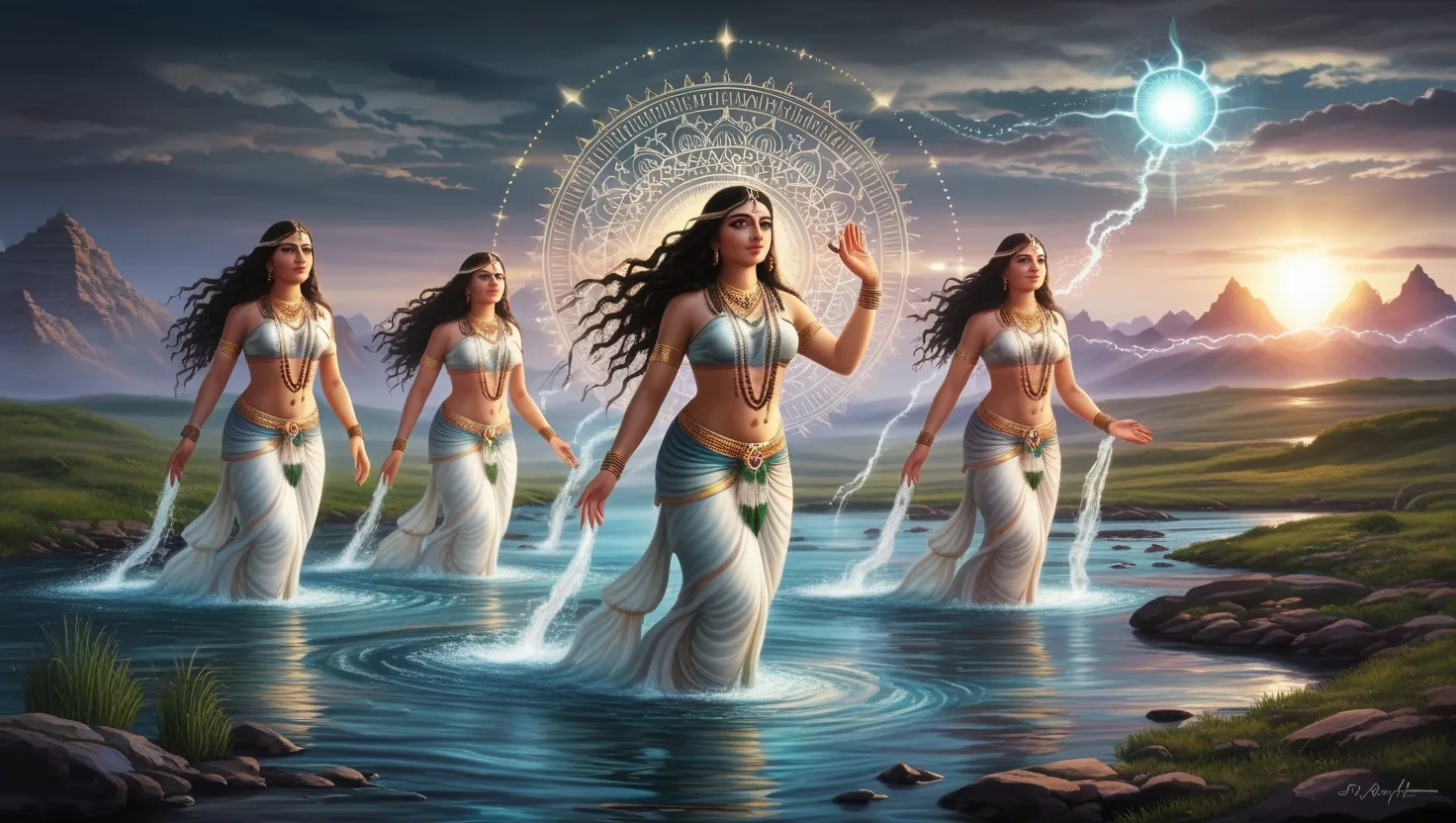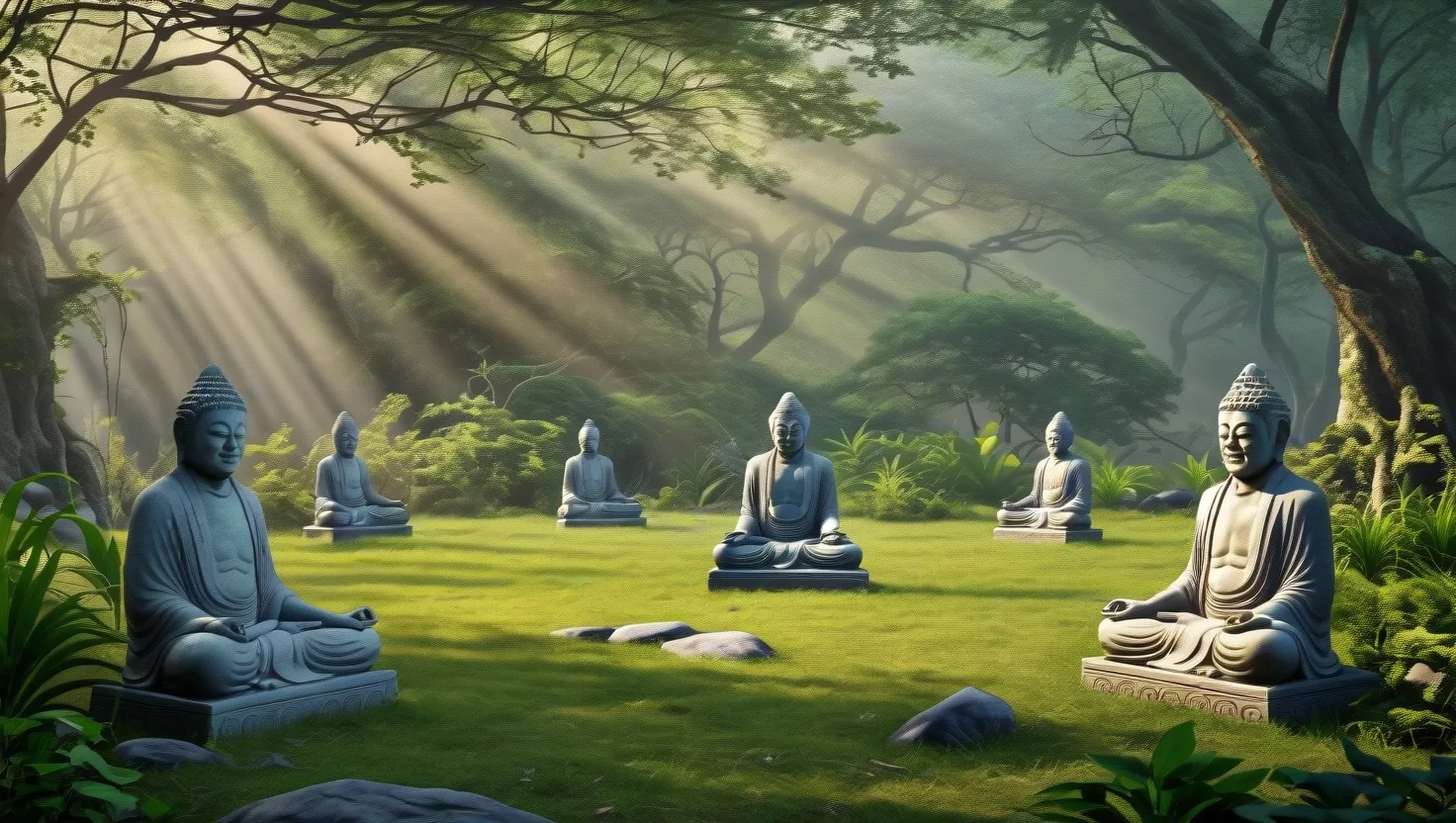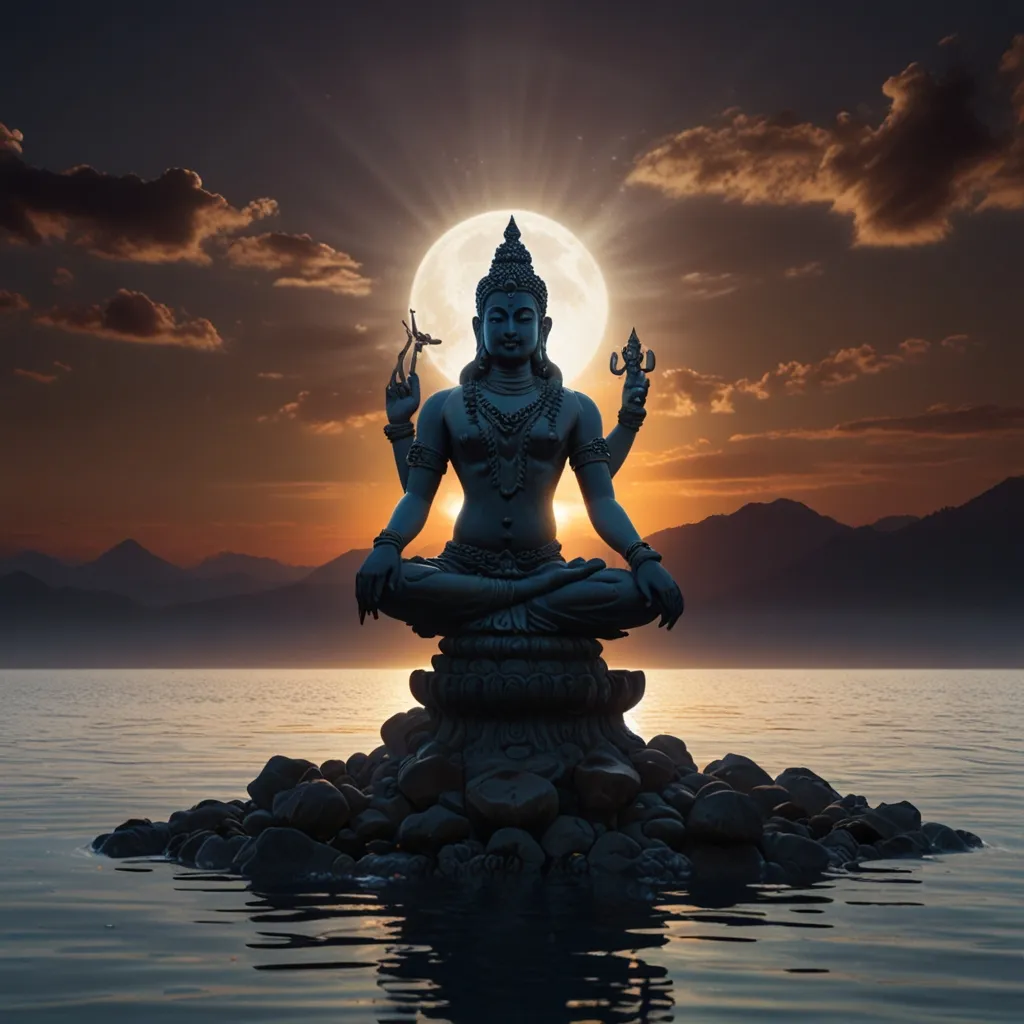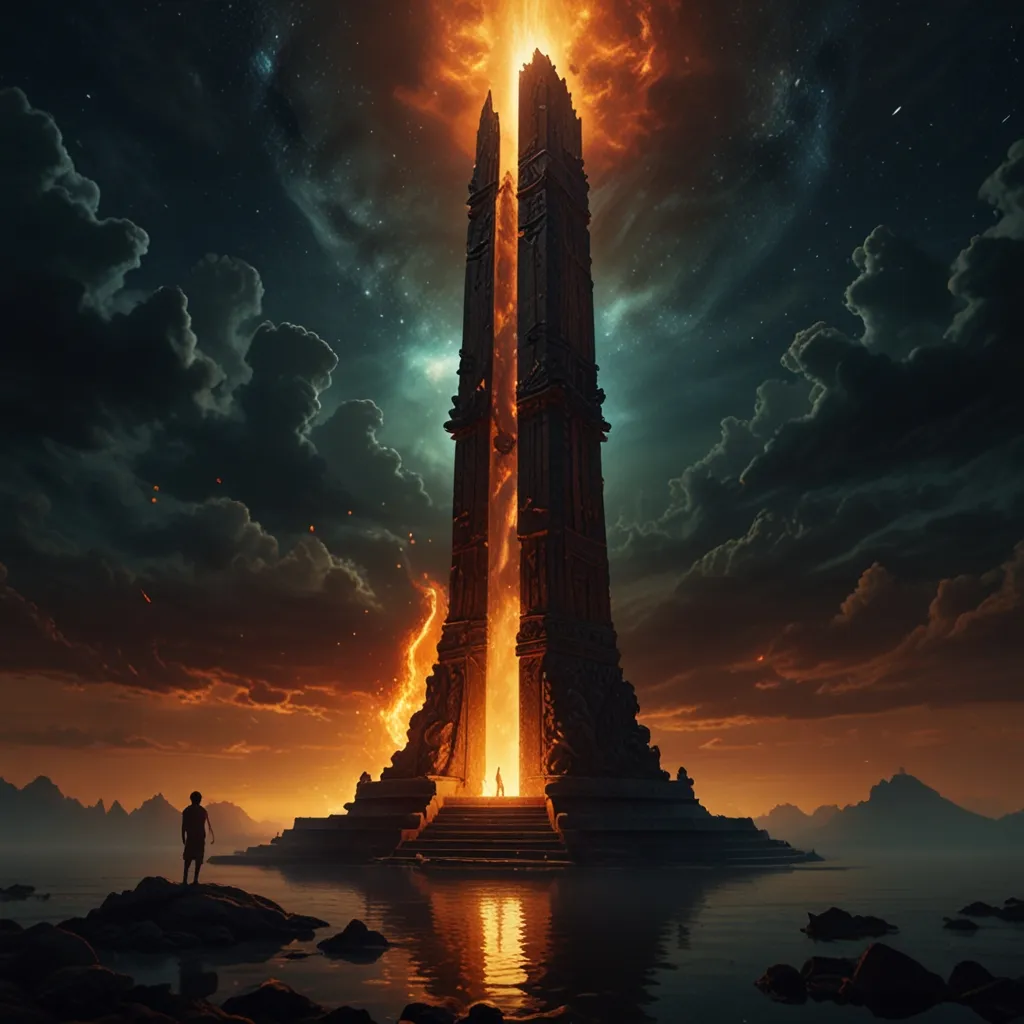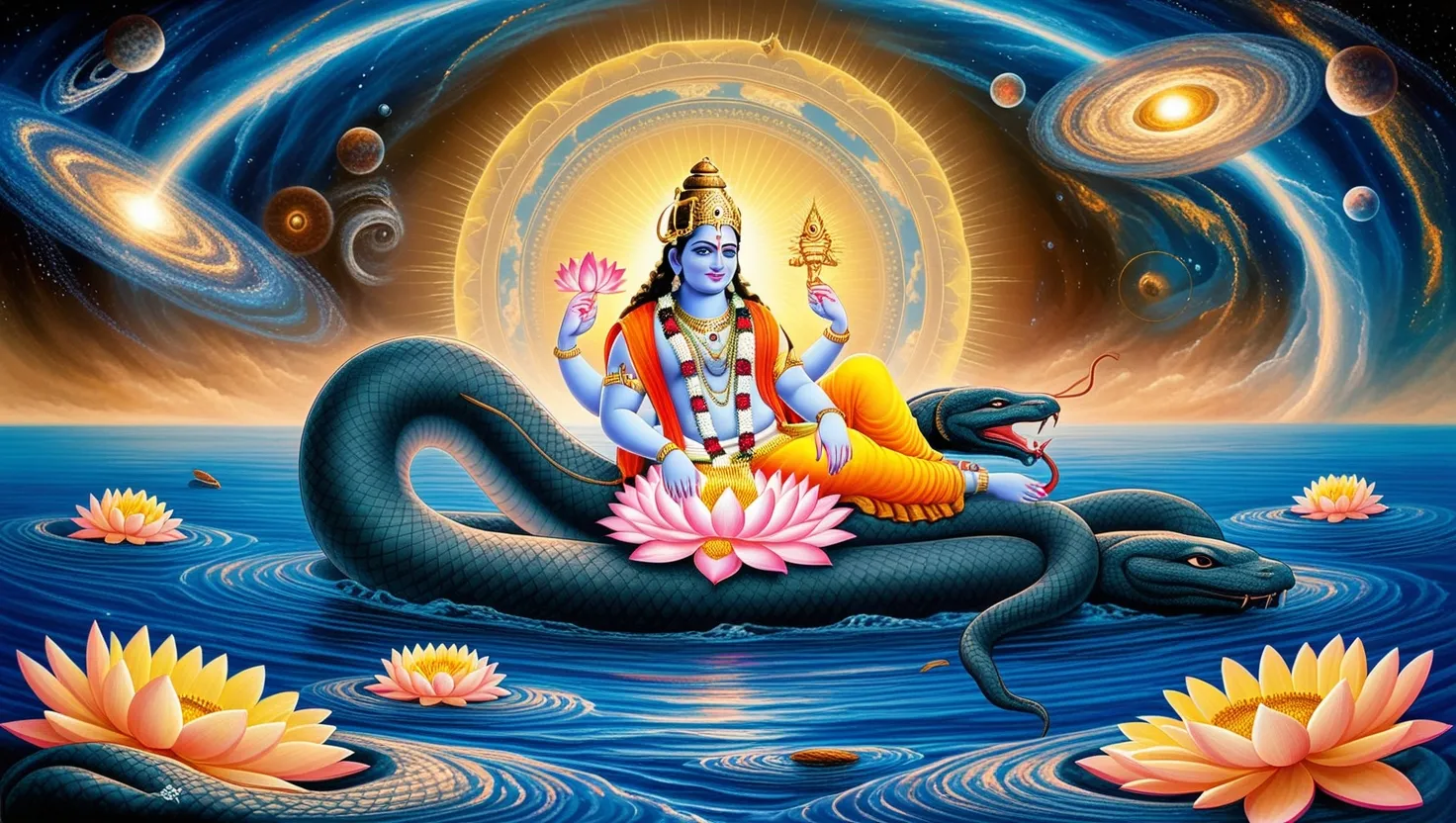How often do we pause to think about the hidden tales in a river’s flow? In the Puranas, rivers become more than scenery. They are living characters, storytellers, and witnesses to the grand dramas of gods, sages, and mortals. These vast bodies of water shape the Indian landscape, but their deeper imprint is on the spiritual imagination—they hold keys to cosmic mysteries and ancient wisdom.
Take the Ganga, whose mythic descent remains unmatched in grandeur. Legend tells us she once flowed only in the celestial realms until King Bhagiratha’s fierce penance persuaded her to descend and redeem his ancestors. Yet such a divine torrent threatened to shatter the earth. Only Shiva, the great ascetic, could absorb the tumult in his locks, softening her arrival. In this moment, we find a stunning metaphor for mediation and humility. Ganga’s waters are said to wash away lifetimes of accumulated burdens, but beyond purification, her story hints at the possibility of channeling immense power with compassion and balance. Have you ever wondered how a river could become both destroyer and nurturer?
Yamuna appears as both river and goddess, her dark waters flowing alongside Ganga yet marked by a distinct presence. Ancient stories describe Yamuna as the sister of Yama, the god of death, which lends her a dual aspect: she is the gateway to joy and liberation, yet never far from mortality’s edge. In the tales of Krishna, Yamuna’s banks come alive with divine play—Krishna dances with the gopis, his flute echoing across the water, hinting that sacredness is found in joy as much as in austerity. What does it mean that the river of death’s sister becomes the scene of divine celebration?
Then there’s Saraswati, the legendary river of lost wisdom. Once, she flowed openly through northern India. Over time, she vanished underground, a loss lamented in both lore and archaeology. Yet in disappearance, she became a symbol of the hidden and the mysterious—a current of knowledge not seen with the eyes but felt in the spirit. In the Puranas, Saraswati endures invisibly, nourishing wisdom and creativity from beneath the surface. If knowledge can vanish from physical sight, how do we guard and rediscover the wisdom within ourselves?
Narmada’s origin is a testament to the extraordinary—a river not of melting glaciers but of Lord Shiva’s sweat, shed during cosmic penance. Her stones, called shivalingas, are considered inherently sacred, so every pebble in her bed is charged with divine presence. She is believed to counteract snake poison and destroy negativity simply by existing. Narmada stands out as a moving landscape of grace and power. Why do some places feel charged with a unique presence, almost beyond explanation?
Godavari’s tale brings us to the southern lands. Her story begins with Sage Gautama, whose quest for redemption after an unfortunate incident leads him to bring down Ganga’s essence and manifest a new river. Thus, Godavari becomes a parallel to Ganga, offering equal sanctity. Temples and rituals rise along her banks, and her yearly pushkaram festival draws vast gatherings, seeking the blessing that flows with her current. She teaches us that sanctity can arise whenever there is a genuine yearning for forgiveness and renewal.
Kaveri flows not just as a river, but as a woman of power and grace. Her story begins in a sage’s humble water pot, but she insists on serving humanity directly, breaking free and coursing across the land. In southern stories, Kaveri is revered as a mother figure who sustains, nourishes, and redeems. She is so beloved that her islands hold major Vishnu temples, suggesting that even among rivers there is a competition for sacredness—a contest measured not by might, but by the generosity of spirit. What prompts a humble beginning to become a source of abundance for all?
Brahmaputra stands apart as the rare masculine river deity, his name echoing Brahma, the creator. He reportedly travels a long and circuitous route from the high Himalayas, entering India with energy that is as unpredictable as it is creative. Worshipped as the son of Brahma, he is a reminder of the divine masculine in a continent of mostly feminine river identities. His flow symbolizes the continuous birth of worlds, the creative impulse shaping the visible from the invisible. Could every river’s journey reflect our own—winding, transformative, and charged with potential?
Throughout these stories, rivers do not simply run through valleys—they act as bridges between realms. The Puranic tales position them as messengers, purifiers, teachers, and judges. Ritual bathing is only one dimension of the relationship. Every sacred riverbank becomes a stage for mythology to play out, giving each generation new ways to understand duty, purity, and transcendence.
“Thousands have lived without love, not one without water.” – W.H. Auden
One fascinating aspect lies in how these rivers interact with both geography and mythology. Rivers like the Ganga and Yamuna are depicted in temple architecture and iconography, their statues often greeting devotees at temple entrances. Their intertwined identities symbolize balance—between fertility and restraint, birth and death, material gain and spiritual liberation. How many times do we overlook the stories behind such daily encounters?
Saraswati, though unseen, continues to stir scientific curiosity and spiritual debate. Modern attempts to trace her ancient bed have fueled expeditions and controversies, hinting at the lingering power of myth to shape even empirical quests. Is it possible that the memory of a river can be as powerful as its visible waters?
When I reflect on the Narmada, I recall the unique tradition of parikrama—a laborious pilgrimage in which devotees walk the entire length of the river. Such journeys are less about reaching a destination and more about transformation through movement and perseverance. Each bend, stone, and quiet bank becomes a lesson. Would you be willing to walk hundreds of miles to experience the spirit of a river?
“To put your hands in a river is to feel the chords that bind the earth together.” – Barry Lopez
Godavari’s story of guilt, penance, and redemption resonates today. Her existence, born out of a desperate act to restore balance, reminds us that mistakes can become the foundation for something sacred. Likewise, Kaveri’s story of self-determination—breaking out of a vessel in order to nurture the land—sounds a timely call for agency and purpose.
Interestingly, these rivers do not act alone. Their stories often intertwine: Ganga and Yamuna are paired as symbols of unity, while Kaveri and Ganga engage in friendly rivalry. Their waters are sometimes ceremonially mixed, suggesting cooperation even among divine forces. It leads me to wonder—are the greatest rivers made by their banks or by the stories that flow with them?
If you’ve ever stood at the ghats by any sacred river, you may have felt the sense of time folding onto itself. Myths recounted by weathered priests echo over the waters, while families gather for rituals that have remained unchanged for millennia. Children splash, pilgrims chant, and somewhere in the background, the ancient drama continues.
“Time is a river which carries me along, but I am the river; it is what I am.” – Jorge Luis Borges
Even in today’s world, these rivers remain sites of protest, stewardship, and ecological concern. Their sacred status can both protect and endanger, as faith sometimes collides with modern needs. Yet the underlying message endures: rivers are not just resources—they are living legacies and reminders of our origins.
As the Puranas teach, a river is rarely just water flowing from source to sea. Each current carries the memory of creation, the lessons of humility, the cries for redemption, and the joys of earthly play. They ask us to look beyond the surface and listen to the deeper flow—where the spiritual and the earthly meet, and where our own stories are written, one ripple at a time.
What might happen if we saw every river—visible or hidden, mighty or modest—as sacred? Perhaps, in honoring their myths, we come closer to understanding not just the rivers, but ourselves.
